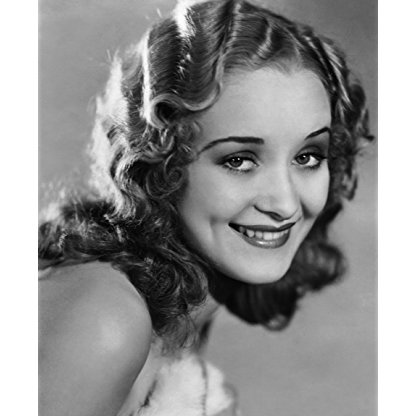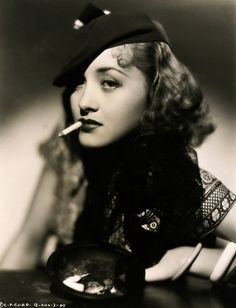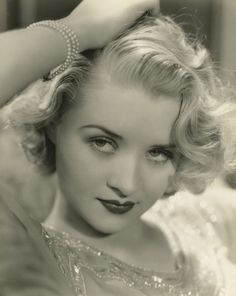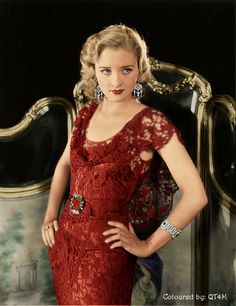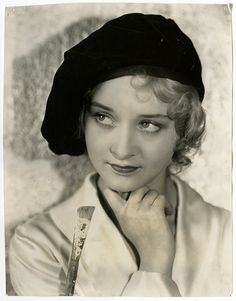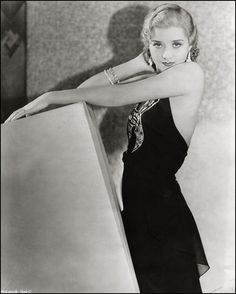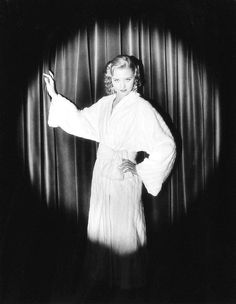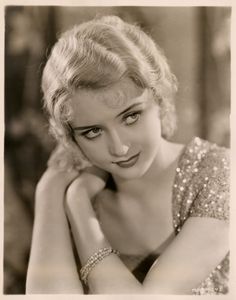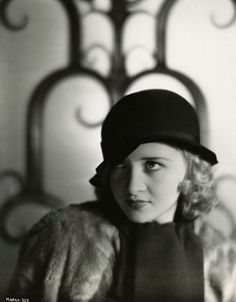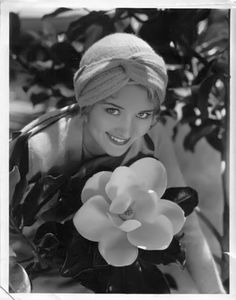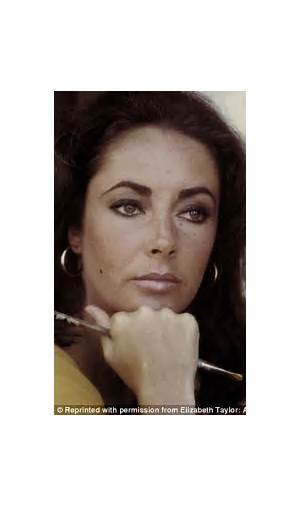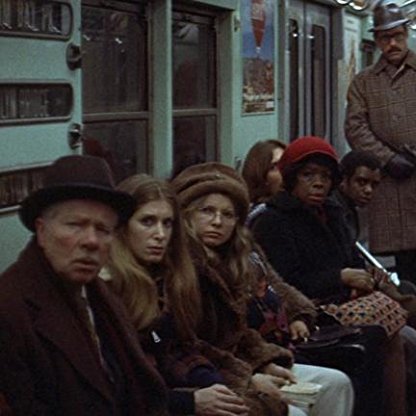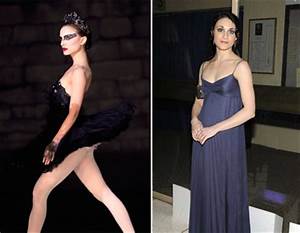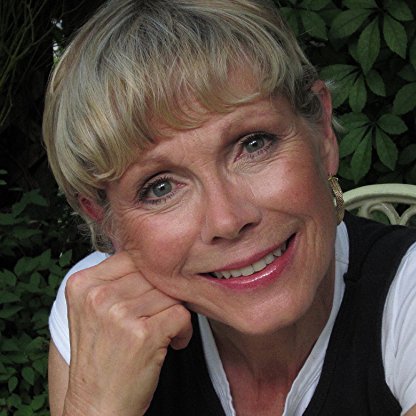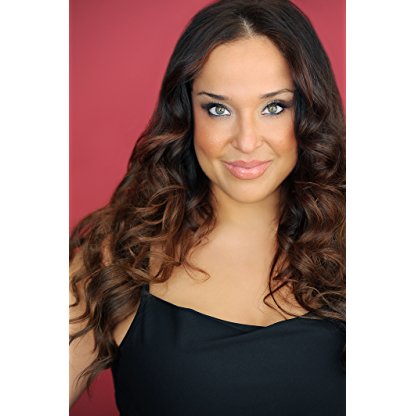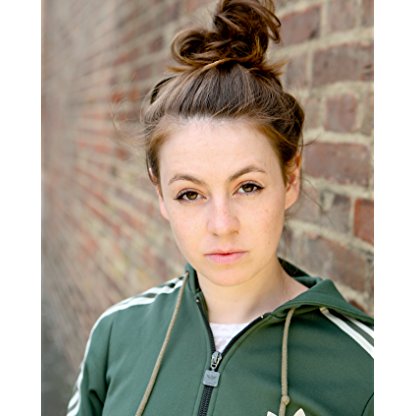Marian Marsh was born on October 17, 1913, is Actress, Soundtrack. One of the early sound era's most attractive young leading ladies, doll-faced Marian Marsh enjoyed a short yet significant film career as the star of several memorable 1930s melodramas opposite some of the cinema's best, most charismatic lead actors. Her youthful, wide-eyed innocence combined with an innate delicacy to make a storybook heroine who was the perfect counterbalance to the licentious characters who often menaced her on film. So successful was she as a damsel in distress that she quickly became typecast, which impeded her development as an actress and helped bring her film career to a premature end.The youngest of four children of a German chocolate manufacturer and his French-English wife, the future star was born Violet Ethelred Krauth on October 17, 1913, on the island of Trinidad, British West Indies. When World War I ruined his business, Mr. Krauth moved the family to Massachusetts, where his children developed an appreciation for the arts and theater.During the mid 1920s, Violet's older sister Jean became a student at Paramount's Astoria studio and later a Paramount contract player. When Jean signed a contract with FBO Pictures in Hollywood, the Krauth family moved to the West Coast, where Violet attended La Conte Junior High School and later Hollywood High. In 1928 Jean helped her strikingly attractive golden-haired sister secure a screen test with Pathe Studios, which promptly signed her but dropped her after a short film appearance. After another short pact with Samuel Goldwyn, Violet, now known as Marilyn Morgan, opted to study acting and voice with 'Nance O'Neil'. In 1929 Warners signed the 16-year-old, who changed her name once again, this time to Marian Marsh.Despite appearances in 30 short films starring James Gleason and a small part in Hell's Angels (1930), Marian's career seemed headed to oblivion when she won the role of her life in Svengali (1931), Warners' film remake of George Du Maurier's 1894 novel "Trilby"; the tragic tale of an artists' model who becomes a great singing diva under the hypnotic tutelage of the malevolent Svengali (charismatically portrayed by John Barrymore). According to Miss Marsh, she was tested for the plum role several times before being selected by Barrymore, apparently because she resembled his wife, Dolores Costello.The immense critical and financial success of the film combined with young Miss Marsh's rave reviews to raise her Hollywood stock. Selected as one of the WAMPAS Baby Stars of 1931, she became one of filmdom's top up-and-coming actresses. Hoping to exploit her growing popularity and capitalize on her ability to project warmth, sincerity and inner strength on screen, Warners cast her as virginal heroines in a series of films. Of special note were her compelling performances as the daughter of a woman driven to suicide by amoral newspaper editor Edward G. Robinson in Five Star Final (1931), a ballerina menaced by evil clubfooted puppeteer John Barrymore in The Mad Genius (1931), a sexy teen smitten with mature William Powell in The Road to Singapore (1931), and the fast talking Cinderella secretary of skirt-chasing financier Warren William in Beauty and the Boss (1932).Just when it appeared as if Marian was on the verge of superstardom, she seemed to fall out of favor at Warners. After the critical failure of the much ballyhooed drama Under Eighteen (1931), a disappointed, exhausted Marian rebelled against the studio, which retaliated by not picking up her option. Her career never fully recovered.After she departed Warners, the 19-year-old freelance actress compounded her problems and further diminished her reputation by accepting film work overseas and at minor studios. Although her performances in such films as The Sport Parade (1932), the British comedy Over the Garden Wall (1934) and A Girl of the Limberlost (1934) were admirable, low-budget production values and other assorted problems doomed the projects.In 1935 Marian signed a two-year pact with Columbia Pictures and tried with some success to resurrect her foundering career. Of the eight Columbia pictures she made during the period 1935-36, four were memorable. She was excellent, if typecast, as a young girl mixed up with crooks and gangsters in the entertaining melodrama Counterfeit (1936), as the bespectacled daughter of a retailer in love with a shyster salesman in the charming B comedy Come Closer, Folks (1936), as an accursed young woman forced to marry murderer Boris Karloff in the fondly remembered suspense classic The Black Room (1935), and notably as the beautiful prostitute Sonya in Josef von Sternberg's controversial film version of Fyodor Dostoevsky's timeless novel Crime and Punishment (1935) starring Peter Lorre. Her performance in the latter is without a doubt one of the best, if not the best, of her career.When her Columbia contract expired in 1936, Marian once again squandered her momentum and talent by appearing in routine second features. From 1937 to 1938, she made seven mostly forgettable films, the best of which was Republic's B drama Youth on Parole (1937), in which Marian was poignant as a girl suffering the rejection and prejudice associated with being a parolee.In March 1938 Miss Marsh, long one of Hollywood's most eligible bachelorettes, wed stockbroker Albert Scott, the former husband of actress Colleen Moore. After the marriage she made only five more feature films. "I loved acting," she told author Richard Lamparski, "but I had become a professional because we needed the money. In 1938 I married a businessman and just drifted away from acting." PRC's money-starved comedy House of Errors (1942) is her last film to date.In the late 1950s Marian, was briefly lured back to acting, appearing in an episode of the popular John Forsythe sitcom "Bachelor Father" and an episode of Schlitz Playhouse of Stars (1951) before retiring in 1959. One year later she married aviation pioneer and wealthy entrepreneur Clifford Henderson and moved to Palm Desert, California, a town Henderson founded in the 1940s.In the 1960s Marian founded Desert Beautiful, a non-profit, all-volunteer conservation organization to promote environmental and beautification programs. "We planted palm trees along the West Coast and were the first to plant palms in the lower valley [Coachella] to Palm Springs. If you want to leave something behind, plant a tree!" she told author Dan Van Neste in a 1998 interview.After Cliff Henderson died in 1984, Marian continued to live in the Henderson ranch house continuing her charitable work. Miss Marsh remained in Palm Desert through 2005 and died in 2006. Near her end, Miss March was less active but still committed to her beloved Desert Beautiful. She retains fond memories of her filmmaking years and expresses appreciation for the continuing interest in her career. When asked how she'd like to be remembered in 1998, the modest, ever-gracious star simply replied, "For doing my best. I think anything I've ever tried, I tried to do my best. In the end, that's all you can do!"
Marian Marsh is a member of Actress

